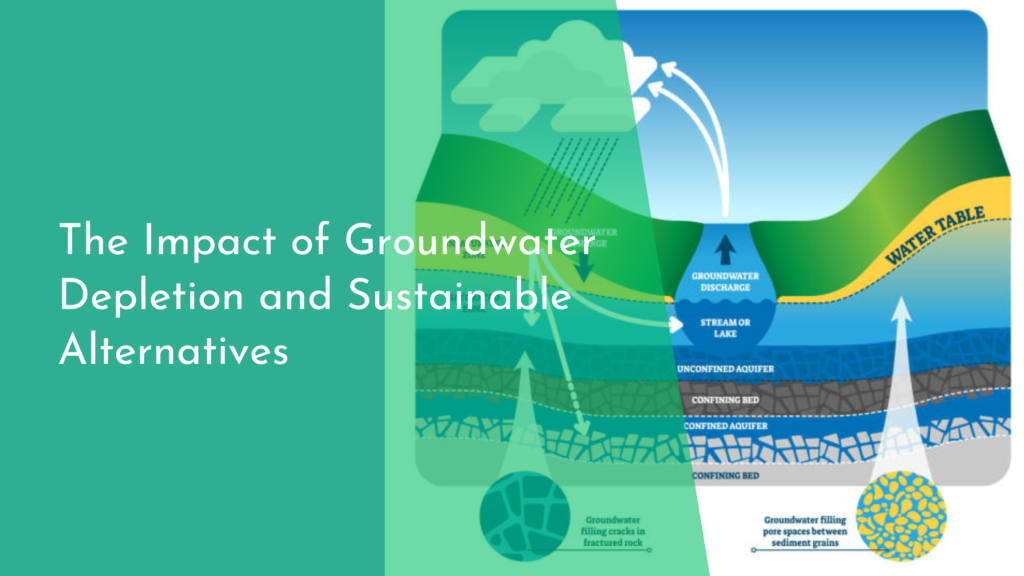How Local Governments are Implementing Carbon Offsetting
Local governments worldwide are increasingly stepping up their efforts to combat climate change through carbon offsetting initiatives. In the face of growing environmental challenges, these governments are adopting creative strategies to reduce carbon footprints and engage their communities in sustainable practices. This article explores the ways in which local governments are implementing carbon offsetting, focusing on understanding the concept in local contexts, innovative strategies, community involvement, and the measurement of success for future advancements.
Understanding Carbon Offsetting in Local Contexts
Carbon offsetting is a method used by individuals, companies, and governments to compensate for their carbon emissions by investing in environmental projects that reduce or absorb an equivalent amount of carbon dioxide from the atmosphere. In local contexts, carbon offsetting is not just about balancing emissions; it’s also about aligning with regional environmental policies and socio-economic needs. Local governments often focus on projects that not only reduce carbon footprints but also enhance local biodiversity, preserve natural habitats, and improve air and water quality.
One of the unique challenges local governments face is tailoring carbon offset projects to fit the specific ecological and economic needs of their communities. This can involve working with local stakeholders to identify the most effective projects, such as reforestation efforts, renewable energy installations, or sustainable transportation initiatives. By understanding the local context, governments can ensure that their carbon offsetting strategies are both environmentally effective and economically beneficial, thus gaining broader support from community members.
Innovative Strategies for Reducing Carbon Footprints
Local governments are employing a range of innovative strategies to reduce carbon footprints, focusing on both mitigation and adaptation measures. Many have implemented green building standards for new constructions, promoting energy-efficient designs that minimize carbon emissions. These buildings incorporate advanced technologies like solar panels, geothermal heating, and high-quality insulation, significantly reducing energy consumption and lowering overall carbon footprints.
Another innovative strategy is the development of green transportation networks. By enhancing public transit systems, investing in electric vehicle infrastructure, and creating safer routes for pedestrians and cyclists, local governments can encourage residents to shift away from fossil fuel-dependent vehicles. These efforts not only reduce carbon emissions but also improve urban air quality and promote healthier lifestyles, creating a win-win situation for both the environment and the community.
Community Involvement in Carbon Offset Projects
Community involvement is a crucial aspect of successful carbon offset projects. Local governments are finding that by engaging citizens in these initiatives, they can increase awareness and participation while fostering a sense of ownership over environmental outcomes. Educational programs, workshops, and community-led events are some of the ways governments are involving residents in carbon offset projects, empowering them to take proactive roles in reducing emissions.
Moreover, community-based projects such as urban tree planting or community solar programs allow residents to directly contribute to their local environment. These projects not only offset carbon emissions but also build social cohesion and resilience, as community members collaborate on shared goals. By involving the community, local governments can ensure that carbon offset initiatives meet the needs and values of their residents, leading to more sustainable and lasting impacts.
Measuring Success and Future Outlook for Local Efforts
Measuring the success of local carbon offset projects involves a combination of environmental, economic, and social indicators. Governments use metrics such as the amount of carbon dioxide absorbed or reduced, improvements in local air and water quality, and economic benefits like job creation to assess the impact of their initiatives. Regular monitoring and reporting ensure transparency and accountability, allowing for adjustments to be made as needed to optimize outcomes.
Looking to the future, there is a positive outlook for local carbon offset efforts. As technologies advance and more communities become engaged in sustainability practices, the potential for impactful carbon offsetting continues to grow. Moreover, collaboration between local governments, businesses, and communities can lead to innovative solutions and share best practices. By leveraging these partnerships, local governments are well-positioned to lead the charge in the fight against climate change, setting a precedent for global action.
In conclusion, local governments are making significant strides in carbon offsetting by implementing tailored projects that address both environmental and community needs. Through innovative strategies and active community involvement, these initiatives are not only reducing carbon footprints but also enhancing local resilience and quality of life. As we look to the future, continued collaboration and advancements in technology will further empower local governments to make meaningful contributions to global climate efforts, paving the way for a more sustainable world.

